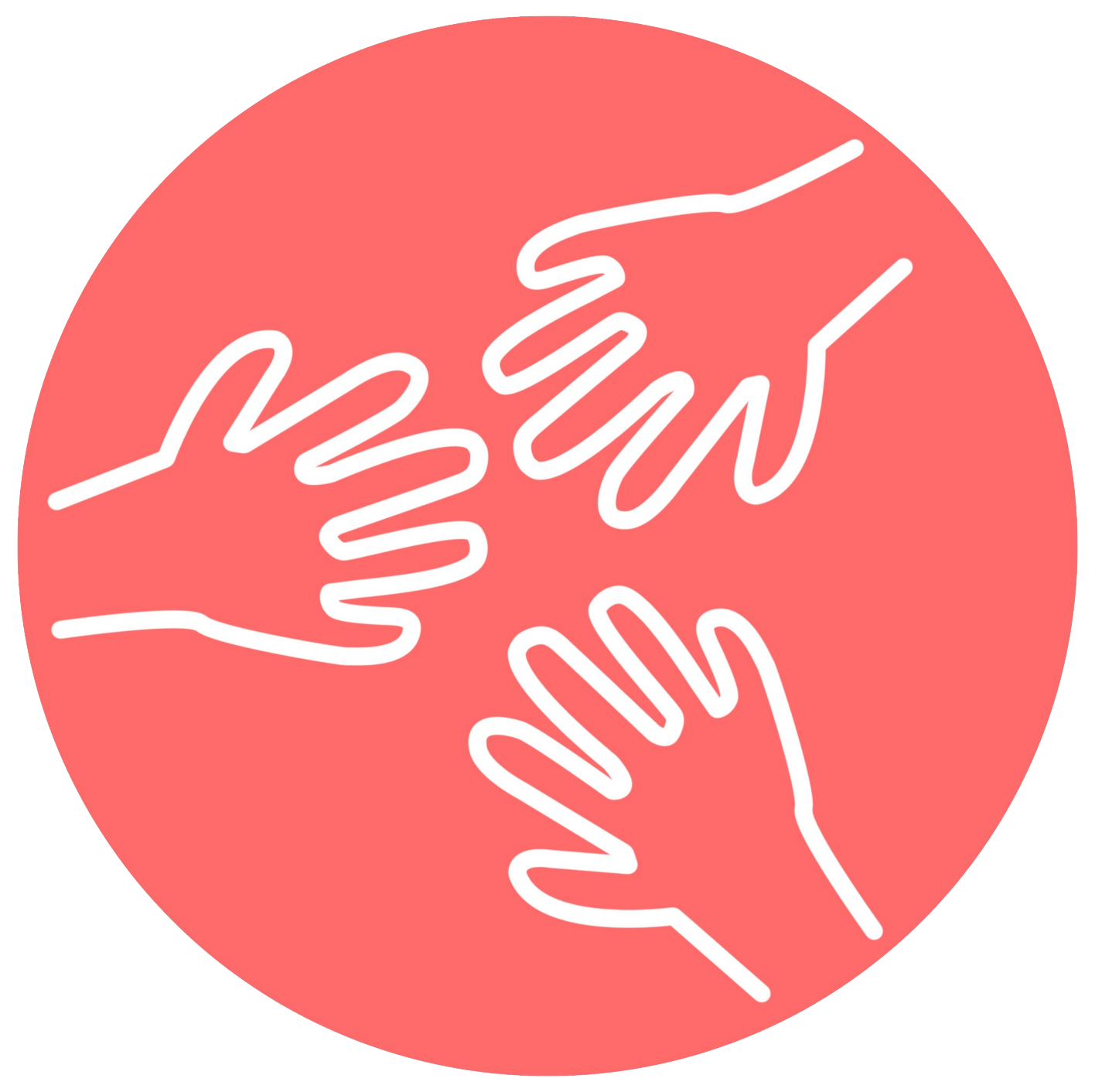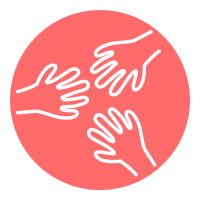How Art Taught Me About Being Gay
Written by Bhumikorn Kongtaveelert (Bhu) | Edited by David Bang, Akkarasorn Opilan (Ang-Ang) | Designed by Maria Angela Declaro (Gaea)
Thailand is a truly wonderful place to grow up. It is the work of mouth-watering cuisines, largely reliable and accessible public medical systems, and countless heartwarming and altruistic personalities, all stir-fried and served to you on a daily basis. Drag queens, trans “Kateoy” entertainers at the centre of vibrant nightlife, and countless public broadcast appearances of LGBTQ people in the entertainment industry -- Bangkok sounds like the idyllic getaway for tourists wanting to experience the gay-friendly environment. And it is.
But I wonder if deep down everyone is happy in Thailand: “The Land of Smiles”
Despite the prominent presence of trans visibility in the public’s eyes, the legalisation of gay marriage in Thailand seems to be continuously delayed. An interesting paradox exists in the way Thailand handles the issue of queer rights, which make you wonder: how can a society that seems so open be so closed? This generally tolerant stance towards queer individuals in Thailand, as I later realised, is a facade for flawed legal acknowledgements from the government and prevalent domestic tension with the constant ‘don’t ask, don’t tell’ attitude.
Growing up consuming Thai soap operas after dinner, I was only exposed to a limited array of queerness -- rarely would anything be beyond a flamboyant, effeminate transgender or gay sidekick. They were all portrayed through a one-dimensional lens. Would they get their own respective happy endings, or a closure uniquely tailored to their circumstances like the protagonists? What happened to the ones who are on the more ‘masculine’ end of the spectrum? How about lesbians? Do they even exist in this modelled microcosm of society served in bite-sized chunks to the general population? These questions are left unanswered.
The shallow, one-sided representation of this limited array of queerness in national television is tokenism of the queer culture; it’s exploited for laughs. It is as though this ‘Land of Smiles’ is advocating the message of being willing to tolerate the presence of queer identities, for as long as they are not threatening to the conventional social order and authority dynamics, be it by queer characters having more human aspects to their personal struggles, being in roles of power, or legal acceptance demonstrated through marriage equality acts. As a young boy, I was raised by the media to fear effeminate traits in myself, as they are associated with nothing beyond comedic cues to be laughed at and dismissed, if not a social anomaly. Throughout my life, I would often slip into art studios at school, then being dubbed the title of being a ‘feminine’ male in my community for simply being one of the few boys who have chosen to pursue their love of art. This fear I had of not possessing a rigid structure of masculinity certainly did not boost my confidence. Simply put, I was taught that that coming out would equate being marginalised by society, like the side-characters in straight protagonists’ stories who never quite have a life of their own.
This inferiority complex, luckily, was challenged when I stepped into Spectrosynthesis II – Exposure of Tolerance: LGBTQ in Southeast Asia, a queer art exhibition at Bangkok Arts and Culture Centre. I wasn’t prepared for the calibre of confidence and countless on-the-nose visual metaphors I saw on the day I visited, certainly not for the very queer art exhibited.
Walking through the exhibition, my friends and I could not help but chuckle upon seeing a mural of queer people running after policemen, intricately and ironically rendered in a Siamese linework on the walls of temples, the playful reclamation of Pink Triangle in Jakkai Siributr’s Quilt Project (2019) from a symbol of Nazi’s degradation to contemporary pride, among others. But we were ultimately spellbound by Parinor Kunakornwong’s On Condition (2019), a sculpture of white booklets submerged in remnants of plastered hands. The booklet was also available on view, so my friend and I spent over an hour discussing its content while being startled, confused and terrified. Inside were snippets of approved social studies textbooks used in elementary schools. It revealed how the public school’s syllabus constructed a narrative that divides the world into three isolated spheres: domesticated prim-and-proper women, dominant athletic men, and a miscellaneous sphere of ‘sexual deviancy’ and homosexuality merged into one packet, stamped with shame (and off it goes, feeding into the baseless stigmas, churning in the minds of children of each generation).
On Condition has broadened my empathy for the sexist, homophobic and transphobic comments I heard adults used; the misconceptions and the systematic stigmas around coming out, and more. The notion that these cookie-cutter moulds of social order might be the basis of how generations before me were taught to behave was a revelation; they are simply acting on what they know and believe in, with a larger structural flaw in the education of diverse gender and gender landscape of today’s more confident and expressive world.
However, it was Michael Shaowanasai’s Portrait of a Man in Habits 1 (2000), an exploration of gayness in Buddhism, which transformed my perspective towards the larger world. It is a portrait of him with exuberant makeup whilst putting on a monk’s robe, smiling at us. It challenges the condemnation of homosexuality in Tripiṭaka by proposing the Buddhist principles of Kalamat Sutta, also the Charter of Inquiry. I learned from introduction to religious studies (integrated into my syllabus at school) that everyone shouldn’t settle for the conventional status quo in the search of the grander truth. Shaowanasai asked the audience: “Why must one’s path to inner peace be hindered because of one's sexuality?” He also gave me a tool, and verification, not to settle for unfair treatment and bias based on gender expression; Kalamat Sutta taught me to not be scared to question and speak up for ideas that do not make sense to us, not for the search of conflict, but for a peaceful common ground for the common good.
The biggest lesson from Spectrosynthesis II, for me at least, is neither the struggles of the past generations of LGBTQ people, the lurking threat of HIV and AIDS, nor the social progress towards equality in ASEAN. It is the reminder of the influence of art as a vehicle for social change.
This art exhibition has allowed me and my friend, from a different interest, to have a long, meaningful discussion on how we perceive progress and shortcomings leading towards acceptance of the LGBTQ community in Thailand and Asia. It is a testament to how thoughtful artworks are powerful vehicles for change. In an oppressed society, the ambiguity art lends to the artists allow us to communicate complex ideas through ambiguous euphemism -- like 19th century’s British Polari, a gay slang language which remains undetected by the general population. Abstraction of art also softens the perception of potentially polarising issues, which sneakily infiltrates minds of opposers before alienated by them, allowing for time and attention to digest arguments effectively, unlike protests and arguments which may come across as offensive. It prompts honest and peaceful conversations which are necessary motivators for change towards a better society for all. Spectrosynthesis II empowered me to prepare to propose for an exhibition surrounding the issue of masculinity in the Asian context at school next semester in search for provision of representation in my community. It also taught me to not shy away from wielding art, something I was criticised for doing as a boy, as a megaphone for awareness, visibility, and organic change in queer rights and acceptance in my community.
At the end of the day, I am grateful for the progress towards acceptance made in Thai queer cinemas in recent years, which starts to holistically portray queer relationships through a more attentive lense, for the recent legalisation of gay marriage in Taiwan, and for being raised as a Buddhist to be open-minded to new ideas until proven otherwise. However, the fact that declassification of homosexuality as a mental illness in Thailand happened merely a year before I was born reminded me of how recent the progress is, how fortunate and privileged I am to live in a more enlightened time, and how far there is to go towards the true “Lands of Smiles” for all.


